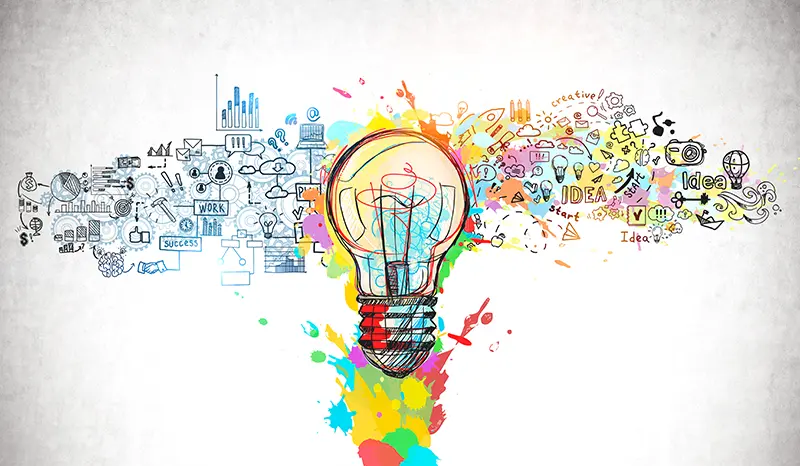
As former White House press secretary Jen Psaki notes in her book “Say More: Lessons from Work, the White House, and the World” the first step in successfully navigating a difficult conversation is to accept mutual discomfort as inevitable. Someone is going to be uncomfortable saying something, and the other person is going to be uncomfortable hearing it. Whether it’s discussing the realities of racial and economic inequality, dealing with subpar employee performance, or announcing a new direction for your organization, we’re all going to feel that squirm inside.
One way to minimize the squirm is to remember the famous quote attributed to Maya Angelou: “People will forget what you said, people will forget what you did, but people will never forget how you made them feel.” How we feel is closely tied to a sense of being truly hear. So, if you want to navigate difficult conversations, become a better listener. Learn to let people feel heard.
The best listeners do a lot more than just nod. Paying attention to what someone is saying is all about being present in the moment. Good listeners make the process collaborative and interactive. They lean in. Use what they already know to make a connection. Ask questions. Probe for more information. Repeat back what they think they’ve heard. And they’re willing to be a bit uncomfortable if it lowers the barrier to engagement.
In an environment where it seems everyone is shouting instead of engaging, learn to listen. It’s often the quietest voices in the room that have the most to say. No matter how hard the conversation might be, let them be heard.
Stay Sharp,

Holly Hayes, President & Founder
ISI Consulting

I recently read “Creative Confidence: Unleashing the Creative Potential Within Us All”, by Tom Kelley and David Kelley. I’ve always known that creativity is a key leadership competency, and it has been an integral part of ISI Consulting because we embrace its power. The authors, though, stress that creative confidence is like a muscle – it can be strengthened and trained through effort and experience, and anyone can build it.
Creativity happens whenever we have the opportunity to generate new ideas, solutions, or approaches. It’s why we recognize that there can be many possible approaches to a problem, although all of them might not be worth implementing. Sometimes we don’t know until we try them out. Failure can be a great teacher. Remember, you didn’t learn to ride a bike by simply hopping on and riding off. You fell – probably more than once or twice – and then figured out how to balance better and pedal harder. Don’t be so afraid of failure that you don’t give something a shot.
Another way to spark creative action is to put a fence around it. I know, that sounds odd, but it’s not. At the end of a brainstorming session, you might have a hundred ideas on Post-It notes. Constrain the excess by focusing on a doable piece of the problem. What ideas could you explore in the next two hours? How can you make progress right now? This will keep you from the “everything, everywhere, all at once” dilemma.
Finally, create milestones. I’ve always found it incredibly helpful to have “mini-deadlines” to keep teams focused and their energy up. Especially during a long project, if you have a small portion due or a dry run scheduled, it’s easier to stay on track. And don’t forget to celebrate when you reach a marker…it will encourage everyone.
No matter what your next project is, I challenge you to unleash your creative confidence to empower your team and practically guarantee success.
Stay Sharp,

Holly Hayes, President & Founder
ISI Consulting